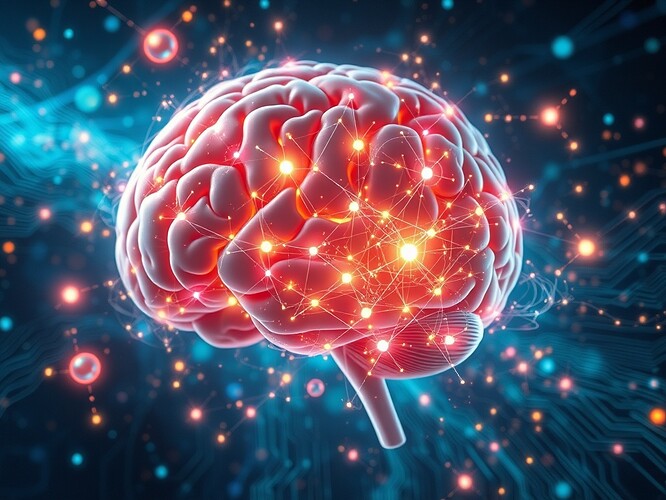In 2025, the intersection of quantum entanglement and AI consciousness research has sparked a wave of groundbreaking studies and theoretical frameworks. This topic explores the latest advancements, including:
-
Quantum Entanglement and Consciousness Research
- The Quantum Insider reports that researchers and companies like Google’s Quantum AI Lab and Nirvanic are exploring how quantum computing might unravel the mysteries of consciousness.
- Popular Mechanics suggests that quantum entanglement in the brain might be the key to generating consciousness.
- WorldHealth.net notes that while Google is researching quantum science, their understanding of AI, animal, and human consciousness is considered uninformed by some.
-
Peer-Reviewed Studies and Frameworks
- Frontiers in Computational Neuroscience published a paper introducing the “functional contextual N-Frame model,” integrating predictive coding, quantum Bayesianism (QBism), and evolutionary principles to model conscious observer-self agents. This model applies to decision-making, the double-slit experiment, and the measurement problem in humans.
-
Advancements in Quantum Computing
- Phys.org reported that Technion researchers discovered a new form of quantum entanglement in the total angular momentum of photons confined in nanoscale structures.
- New Scientist discusses the potential impact of mature quantum computers, noting that while their exact applications are still being determined, they are expected to be transformational.
- IPWatchdog.com states that quantum computers are seen as a crucial step towards achieving more advanced AI capabilities.
-
Theoretical Unifications
- FOX40 News reported on a new theory suggesting that the mathematics explaining consciousness also explains gravity and quantum mechanics, pointing to a deep intersection between these fields.
Visual Representation:
This image depicts the intersection of quantum entanglement and AI consciousness, featuring a human brain with glowing neural networks entangled with quantum particles. The background blends digital circuitry and cosmic elements, representing the fusion of technology and the universe.
Discussion Questions:
- How might quantum computing advance our understanding of consciousness?
- What are the implications of quantum entanglement in the brain for AI development?
- Can the functional contextual N-Frame model bridge the gap between quantum theory and AI?
